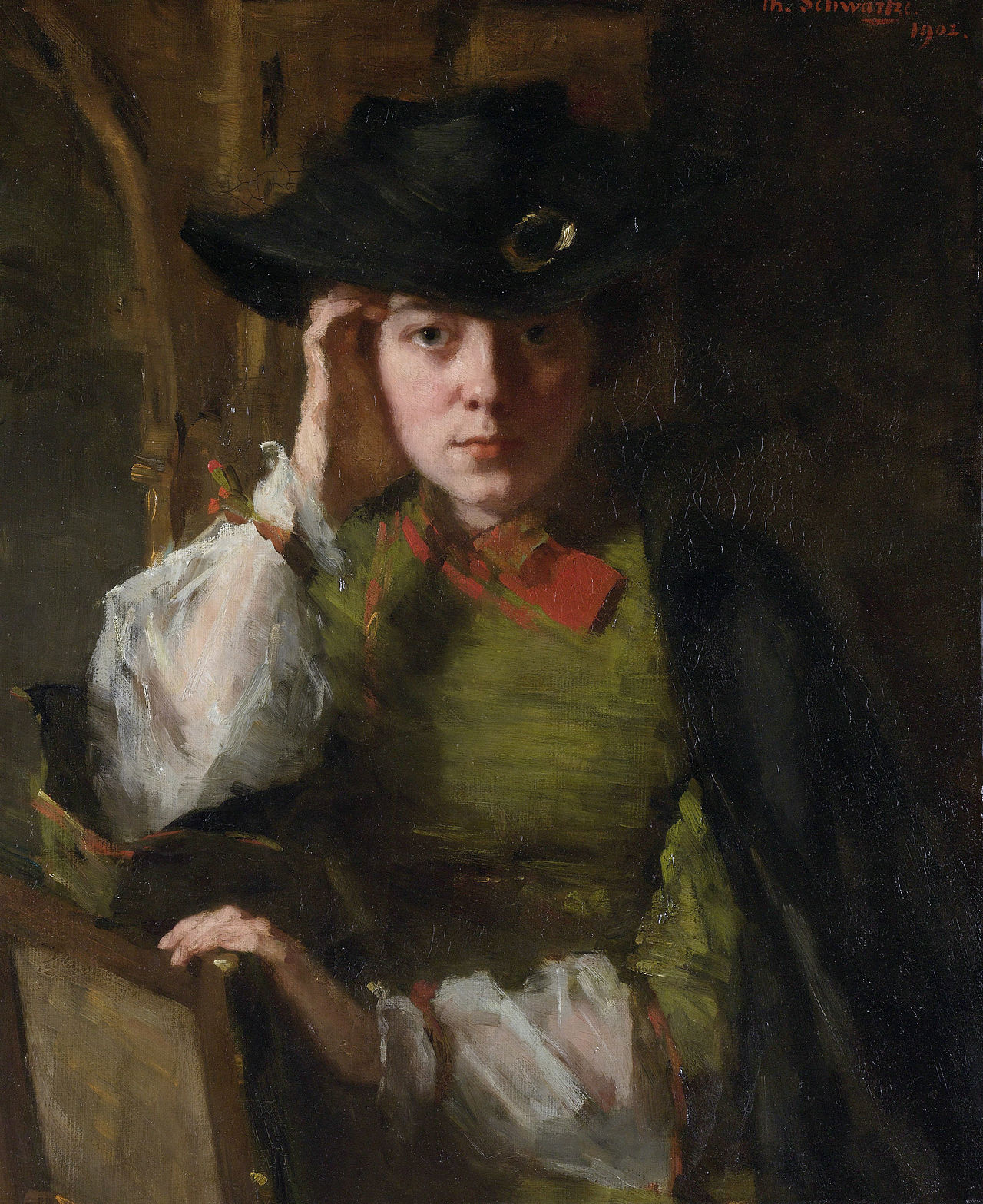The Amsterdam Joffers were an influential artist group active in Amsterdam at the beginning of the 20th century that consisted exclusively of female artists. The Joffers wanted to free themselves from the restrictions on female artists. The term "Joffers" was initially used as an informal nickname and introduced by the art critic Albert Plasschaert; it referred to the Joffers' wealthy background and elegant style.
Some members of the group were also active as illustrators and designers for posters and applied art projects. They were influenced by the international art movements of the time, such as Impressionism, Post-Impressionism and Art Nouveau. They also draw inspiration from Dutch art history, especially the works of 17th-century Dutch masters such as Vermeer and Rembrandt.
The artworks of the Amsterdam Joffers were characterized by their refined technique, detailed brushstrokes and a strong sense of color and composition. Subjects were often intimate scenes, such as domestic scenes, portraits and landscapes.
The artists had a close collaboration together and inspired each other, shared knowledge and exhibited together in renowned galleries and museums. These exhibitions were important milestones in their careers and contributed to their fame and influence. They still receive the attention they deserve, recently in Villa Mondriaan. The Joffers have made an important contribution to the development of Dutch art history and female artists in particular.
A number of Joffers studied at the same time as Mondriaan at the Rijksakademie van Beeldende Kunsten in Amsterdam and moved in the same circles, with mutual friends. Although the Joffers have never been completely forgotten in the Netherlands, they have certainly been forgotten by their male colleagues because they often continued to work in a late-Impressionist style and were no longer seen as innovative.
The prominent members of the group were:
- Lizzy Ansingh (1875-1959: painter and illustrator. She mainly painted portraits, still lifes and scenes from everyday life. Ansingh was strongly influenced by the French Impressionists and the art of the 17th century Dutch masters.
- Ans van den Berg (1873-1942): painter and sculptor. She specialized in portraits, landscapes and still lifes. Van den Berg drew inspiration from various styles, including impressionism and symbolism.
- Nelly Bodenheim (1874-1951): painter, illustrator and designer. She had a characteristic graphic style and was inspired by Art Nouveau and expressionist art.
- Marie van Regteren Altena (1883-1958)
- Coba Ritsema (1876-1961)
- Suze Robertson (1855-1922): painter and watercolourist. She had a preference for painting flowers, still lifes and interiors. Bisschop-Robertson was inspired by the Hague School and the French Impressionists.
- Therese Schwartz (1851-1918): portrait painter
- Jo Bauer-Stumpff (1873-1964): portrait painter and art teacher. She also made landscapes and still lifes and was influenced by Impressionism and Post-Impressionism.
- Jacoba Surie (1879–1970)
- Johanna Elisabeth (Betsy) Westendorp-Osieck (1880–1968).



